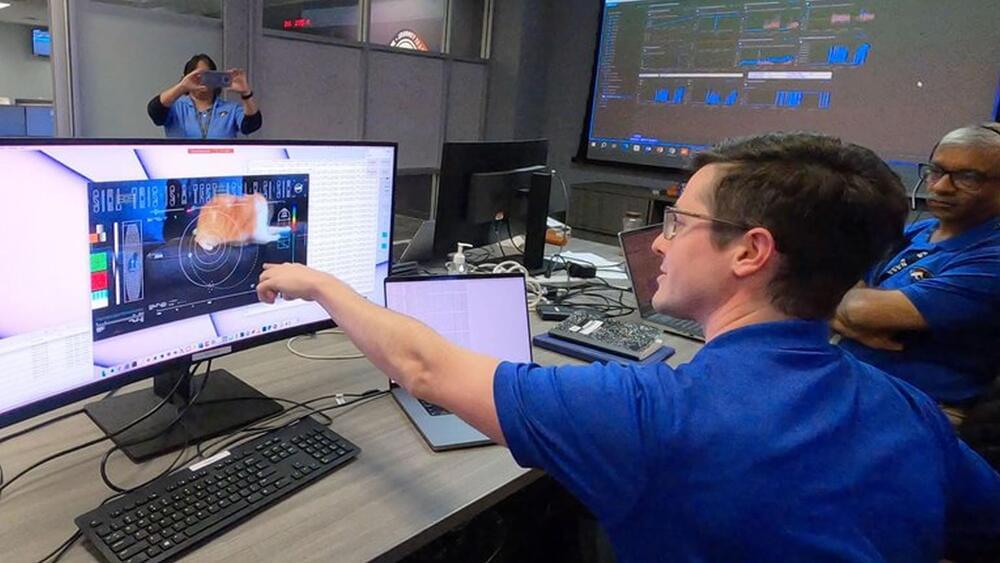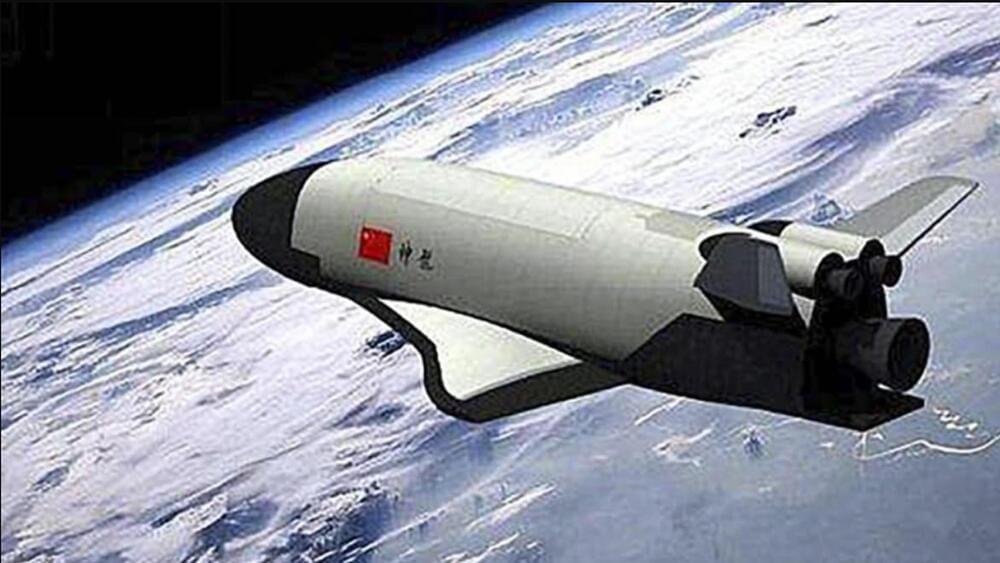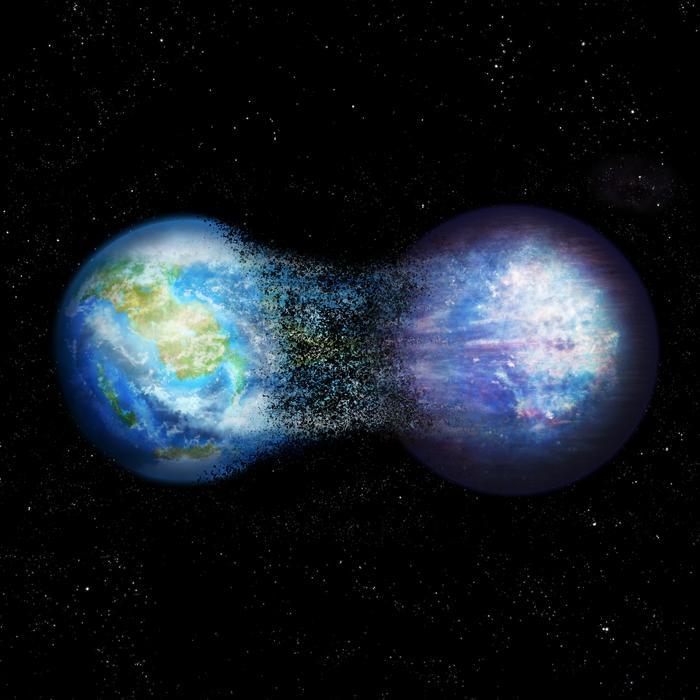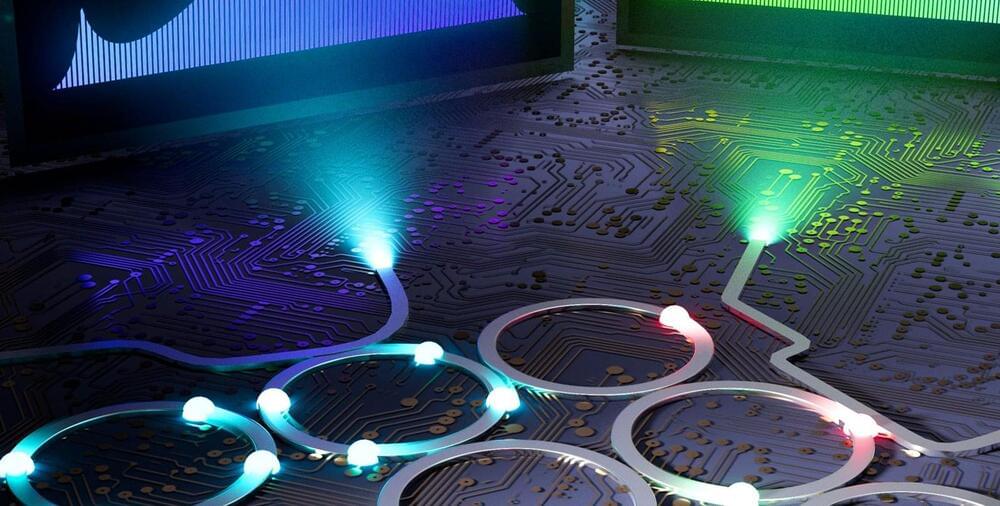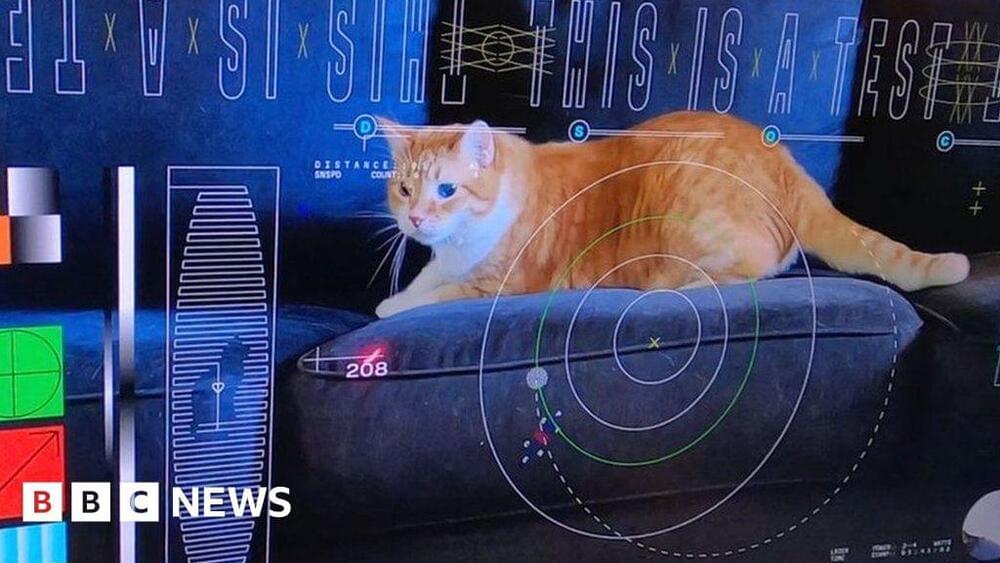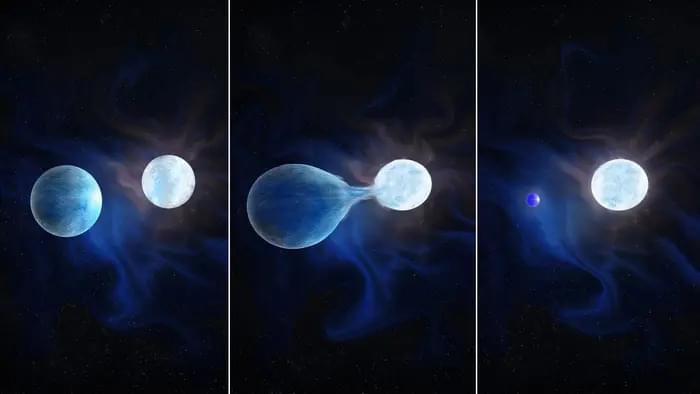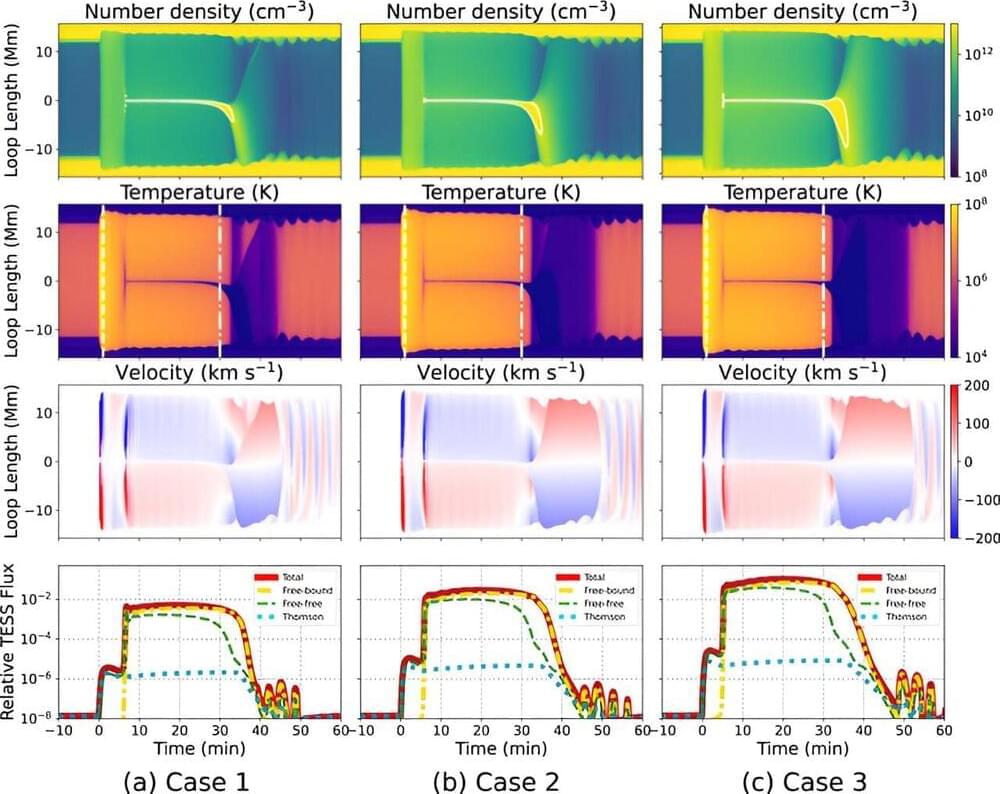Dec 19, 2023
NASA sends cat video over 19 million miles using laser
Posted by Gemechu Taye in categories: humor, space
In a groundbreaking experiment, NASA has successfully sent a 15-second, high-definition cat video over 19 million miles to Earth from space.
NASA has sent an ultra-high definition, 15-second-long cat video over 19 million miles (over 30 million km), the space agency said on Monday. This was not done for fun, though the video choice is undoubtedly some in-joke, but rather an experiment for its Deep Space Optical Communications. The video was beamed to Earth from its $1.2 billion Psyche asteroid probe launched in October 2023.
Continue reading “NASA sends cat video over 19 million miles using laser” »
